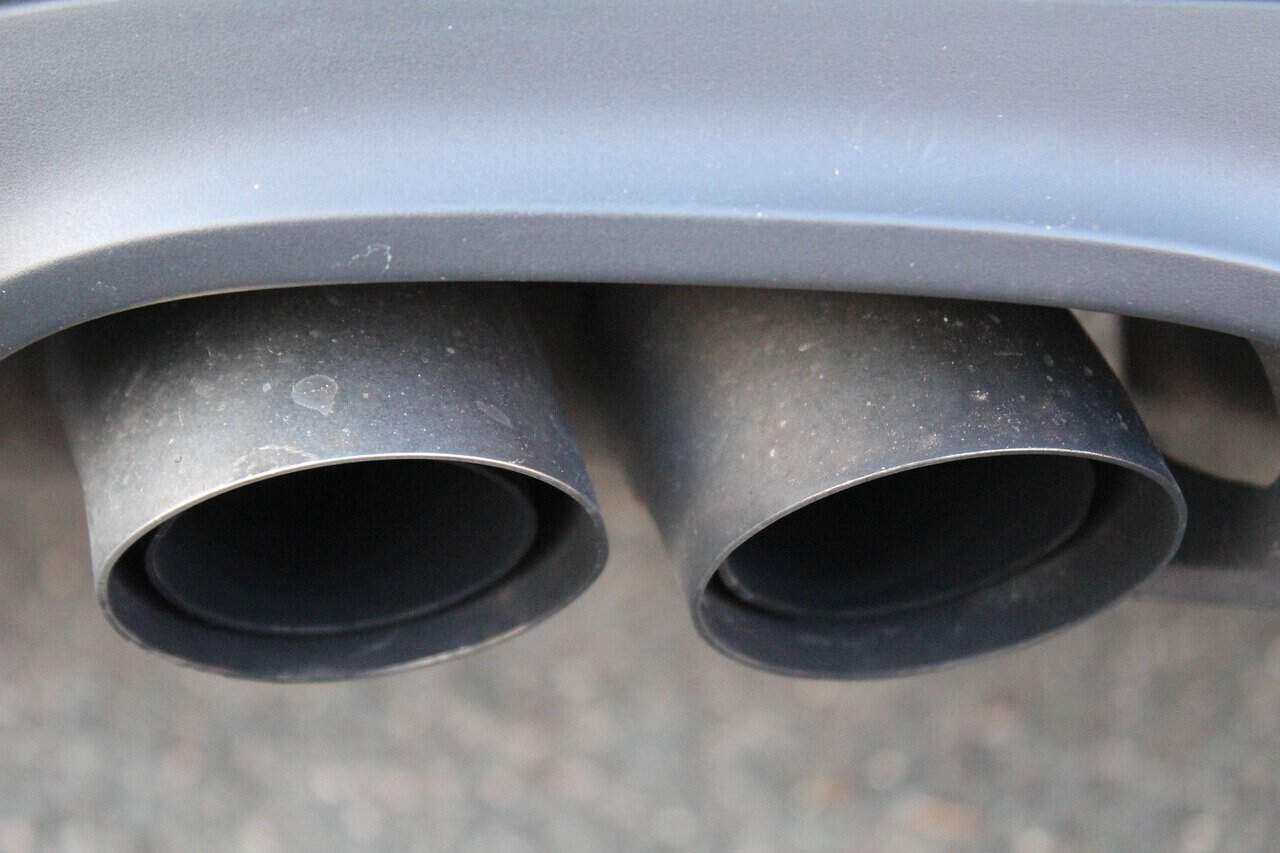Euro 7 – an Overview

picture: Pixabay
Air pollution as a result of motorised road traffic emissions continues to affect the health of hundreds of thousands of people in the EU. Nitrogen oxides, ammonia, particulate matter and carbon monoxide, among others, make the use of emission-reducing technologies for combustion engine vehicles virtually indispensable, considering the otherwise much higher health and environmental costs for the general public.
With the Euro standards, the EU promotes measures adequate to reduce emissions by setting limits, the achievement of which requires a corresponding commitment on the part of vehicle manufacturers.
The current Euro VI standard already introduced new test conditions for exhaust gas measurement, such as WHSC/WHTC (World Harmonised Stationary/Transient Cycle) and RDE (Real Driving Emissions), which will also be used for the upcoming Euro 7 standard. Euro 7 likewise limits the pollutants in engine exhaust gases that are already mentioned in Euro VI, albeit with lower limits, and additionally includes N2O, as well as NMOG instead of THC.
| Euro 7 (M2,M3,N2,N3) | WHSC, WHTC (mg/kWh) | RDE (mg/kWh) |
| CO | 1500 | 1950 |
| CH4 | 500 | 650 |
| NMOG | 80 | 105 |
| NOX | 200 | 260 |
| N2O | 200 | 260 |
| NH3 | 60 | 85 |
| PM | 8 | – |
| PN10 | 6*1011 (#/kWh) | 9*1011 (#/kWh) |
In addition to engine emissions, Euro 7 will also regulate tyre abrasion, as well as brake abrasion (PM10), as these are expected to account for an increasingly large proportion of total vehicle emissions.
The Euro 7 standard will reduce the negative environmental impact over the entire service life of vehicles by prescribing emission requirements for a longer and therefore more realistic service life than under Euro VI. In addition, on-board monitoring and diagnostic systems that can identify faulty emission reduction systems will become mandatory. The durability of batteries is also to be specified, making the depreciation of hybrid and electric vehicles more calculable.
Overall, Euro 7, like its predecessors, aims to improve the quality of life in the EU by making vehicle manufacturers more responsible for their products without them having to accept disproportionate additional costs. After all, prices for emission reduction technologies are only a rather small fraction of vehicle prices and significantly lower than the health and environmental costs that would be incurred if the prescribed measures were not taken.
Furthermore, the new requirements promote lower-emission drive systems without directly prescribing them, as a distinction is only made between vehicle classes, not between drive systems. With hybrid vehicles, for example, it will be much easier to comply with the limit values than with a pure diesel truck and compared to heavier electric vehicles, the tyre abrasion could be easier to reduce, while the increased requirement for the service life of batteries will benefit hybrids as well as pure electric vehicles.
Euro 7 will be mandatory for vehicles of category M2,3 and N2,3 for emission type-approval from 29.05.2028 and for registration of such vehicles from 29.05.2029, marking a significant step towards cleaner road transport in the EU.
Further read: Euro 7: Council adopts new rules on emission limits for cars, vans and trucks – Consilium


